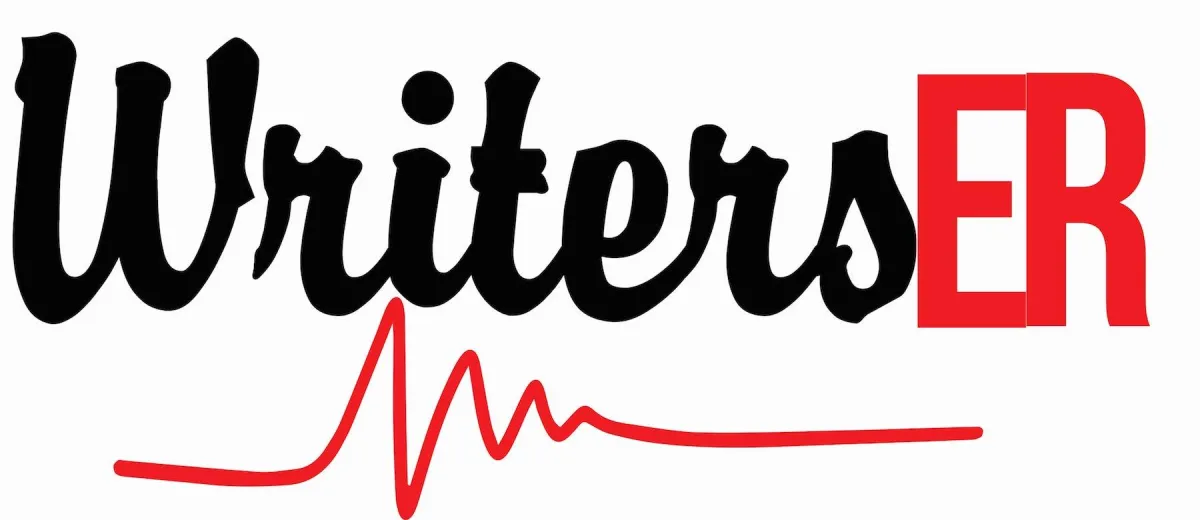BLOGS

Avoiding Common Pitfalls: Top Mistakes to Dodge in Your Literature Review
Avoiding Common Pitfalls: Top Mistakes to Dodge in Your Literature Review
Introduction
Venturing into the realm of academic research, the literature review stands as a formidable milestone. It's an intricate dance of analysis, synthesis, and critical thinking. However, this journey is fraught with pitfalls that can undermine the integrity and credibility of your work. This comprehensive guide aims to equip you with the knowledge to navigate these treacherous waters, transforming your literature review into a beacon of scholarly excellence.

The Vital Role of a Literature Review
At its core, a literature review does more than fulfill academic criteria; it's the foundation upon which your research is built. It serves as a critical assessment of existing knowledge, showcasing your scholarly depth and identifying gaps that your research will address. This guide will not only help you sidestep common errors but also enhance the depth and breadth of your literature review, ensuring it stands as a testament to rigorous academic standards.
Foundations of a Robust Literature Review
Defining Your Scope and Focus
The first step in crafting a compelling literature review is defining its scope. A well-defined focus ensures that your review is concise and relevant. This section will guide you on how to pinpoint your research area, ensuring that your literature review is neither too broad nor too narrow. You'll learn how to align your review with your research questions and objectives, creating a focused narrative that comprehensively covers your topic without straying into tangential areas. Tips on how to effectively narrow down your topic, set clear boundaries, and articulate your research scope will be provided, helping you establish a strong foundation for your literature review.
Identifying Quality Sources
In this digital age, the abundance of information can be overwhelming. We'll explore strategies for identifying credible and authoritative sources, emphasizing the importance of using peer-reviewed journals and reputable academic publications. This section will delve into the nuances of differentiating between various types of sources, assessing their reliability, and determining their relevance to your research topic. You will be guided on how to critically evaluate sources, discern bias, and understand the impact of source quality on your literature review. Practical tips on utilizing academic databases, leveraging library resources, and staying updated with current research in your field will also be covered.
Balancing Sources and Perspectives
A balanced literature review is one that presents multiple perspectives and covers a range of sources. This section will help you understand how to achieve this balance, ensuring your review is comprehensive and unbiased. You'll learn the importance of including a variety of sources, such as empirical studies, theoretical papers, and methodological articles, to provide a well-rounded understanding of your topic. Strategies for integrating conflicting viewpoints, addressing gaps in the literature, and reflecting on the diversity of research in your field will be discussed. This part of the guide will also emphasize the need to critically analyze and synthesize these different perspectives to create a cohesive and inclusive literature review.

Common Pitfalls in Literature Reviews
Avoiding Superficial Analysis
One major pitfall in literature reviews is surface-level analysis. This section will delve into techniques for deep, critical analysis of sources, enabling you to add substantial value to your research field. You will learn how to go beyond mere summarization to critically evaluate and interpret the findings of previous research. The importance of understanding the methodologies, results, and implications of studies will be highlighted, along with tips on how to critically appraise the strengths and limitations of existing research. This part of the guide will also cover how to effectively compare and contrast different studies, draw connections between them, and identify trends and patterns in the literature.
Steering Clear of Unstructured Reviews
A well-structured literature review is critical for reader comprehension. We'll discuss how to organize your review effectively, using subheadings and a logical flow to enhance readability. This section will focus on different ways to structure a literature review, such as thematically, chronologically, or methodologically, and the advantages and disadvantages of each approach. You'll receive guidance on creating an outline, grouping related studies together, and ensuring a coherent narrative throughout your review. Tips on how to effectively transition between topics, maintain a consistent tone, and highlight key findings and implications will also be provided.
Overcoming Biases and Preconceptions
It's easy to let personal biases color your literature review. This part will focus on maintaining objectivity, ensuring your review is a true reflection of the existing literature. You'll learn about different types of biases that can affect literature reviews, such as confirmation bias, publication bias, and selection bias. Strategies for recognizing and mitigating these biases will be discussed, along with the importance of approaching your review with an open mind. We'll cover techniques to ensure a fair and balanced treatment of all relevant literature, including how to critically evaluate your own assumptions and preconceptions. This section will also address the importance of including a range of diverse viewpoints and methodological approaches, providing a comprehensive and objective overview of your research topic.
Enhancing Your Literature Review
Integrating Theoretical Frameworks
Theoretical frameworks can greatly enrich your literature review. Here, we'll guide you on how to select and integrate appropriate theories to give depth to your analysis. This section will explore the role of theoretical frameworks in structuring and informing your literature review. You will learn how to identify relevant theories, models, or conceptual frameworks that align with your research topic and how to apply these frameworks to organize and interpret your literature review. Tips on critically assessing the applicability of different theories, and the ways in which they can enhance your understanding of the research topic, will be provided. Additionally, this part will cover how to effectively weave these theories into your narrative, ensuring they add clarity and depth to your review rather than complicating it.
Synthesizing Information Effectively
Synthesis is key in a literature review. This section will teach you how to weave different sources together cohesively, creating a narrative that supports your research objectives. You'll learn the art of synthesizing information, which involves more than just summarizing individual studies. This part will cover techniques for identifying themes, patterns, and gaps in the literature, and how to use these insights to build a coherent argument or narrative. Strategies for integrating different perspectives, findings, and theories to create a comprehensive overview of your research topic will be discussed. You will also receive guidance on how to present a critical and balanced analysis, highlighting both the strengths and limitations of the existing literature.
Utilizing Advanced Research Tools
Leverage advanced research tools and software for efficient literature review compilation. We’ll introduce you to some cutting-edge tools that can simplify and enhance your review process. This section will provide an overview of various research tools and technologies that can aid in the literature review process, including citation management software, academic search engines, and data analysis tools. You'll learn how to use these tools to organize your sources, track your references, and manage your notes effectively. Tips on leveraging technology for efficient searching, screening, and organizing of literature will be covered, along with advice on how to use these tools to save time and enhance the accuracy and comprehensiveness of your review.
Additionally, here's a related YouTube video on the process of Literature Review. It could provide you a multi-faceted understanding of the topic.
Conclusion
Your literature review is a crucial component of your academic journey. By avoiding the common pitfalls outlined in this blog, you can ensure that your review is a robust, insightful, and valuable part of your research. Remember, a well-executed literature review not only reflects your scholarly competence but also lays a strong foundation for your research. With the right approach and tools, your literature review can significantly contribute to your field, demonstrating your ability to critically analyze and synthesize existing knowledge.
Frequently Asked Questions
Q1: How Long Should a Literature Review Be?
Answer: The length of a literature review varies based on your research scope, the depth of available literature, and academic requirements. Aim for comprehensive coverage of key research while maintaining conciseness to engage your readers.
Q2: Can I Include Grey Literature in My Review?
Answer: Yes, grey literature like government reports and theses can enrich your review. Use it judiciously alongside peer-reviewed sources, ensuring credibility and relevance.
Q3: How Do I Avoid Plagiarism in My Literature Review?
Answer: Avoid plagiarism by properly citing all sources and effectively paraphrasing. Use plagiarism detection tools as an additional check for originality.
Q4: How to Deal with Conflicting Studies in Your Literature Review?
Answer: Address conflicting studies by critically analyzing methodologies and contexts. Compare, contrast, and discuss these differences to provide a nuanced understanding of your topic.
Q5: What is the Best Way to Structure a Literature Review?
Answer: Choose a structure (thematic, chronological, or methodological) that aligns with your research objectives and the nature of the material. Ensure it facilitates a coherent and comprehensible narrative.
Don't let literature review challenges hold you back. Contact WritersER today and take a significant step towards academic success. Schedule an admission interview with us, and we'll help you navigate your academic journey, ensuring you reach your next milestone in six months or less. Click here to get started!
